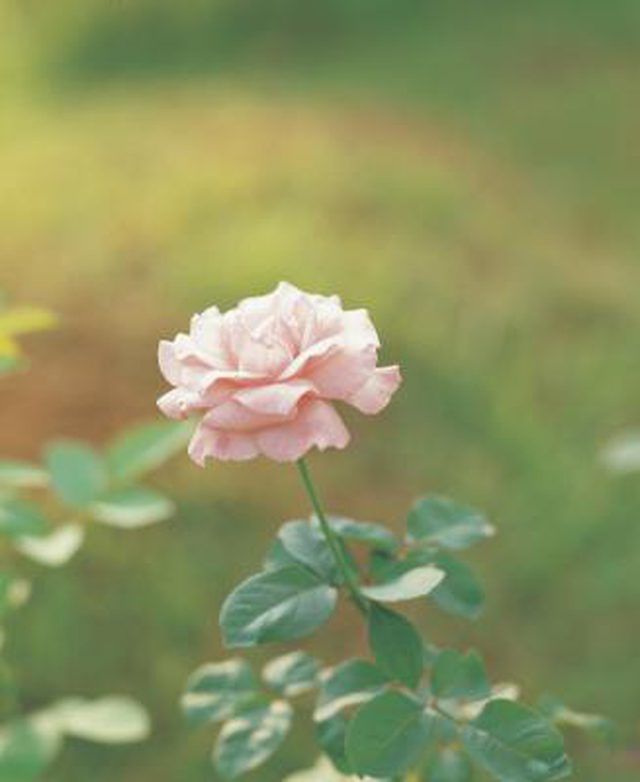Bulbs
Flower Basics
Flower Beds & Specialty Gardens
Flower Garden
Garden Furniture
Garden Gnomes
Garden Seeds
Garden Sheds
Garden Statues
Garden Tools & Supplies
Gardening Basics
Green & Organic
Groundcovers & Vines
Growing Annuals
Growing Basil
Growing Beans
Growing Berries
Growing Blueberries
Growing Cactus
Growing Corn
Growing Cotton
Growing Edibles
Growing Flowers
Growing Garlic
Growing Grapes
Growing Grass
Growing Herbs
Growing Jasmine
Growing Mint
Growing Mushrooms
Orchids
Growing Peanuts
Growing Perennials
Growing Plants
Growing Rosemary
Growing Roses
Growing Strawberries
Growing Sunflowers
Growing Thyme
Growing Tomatoes
Growing Tulips
Growing Vegetables
Herb Basics
Herb Garden
Indoor Growing
Landscaping Basics
Landscaping Patios
Landscaping Plants
Landscaping Shrubs
Landscaping Trees
Landscaping Walks & Pathways
Lawn Basics
Lawn Maintenance
Lawn Mowers
Lawn Ornaments
Lawn Planting
Lawn Tools
Outdoor Growing
Overall Landscape Planning
Pests, Weeds & Problems
Plant Basics
Rock Garden
Rose Garden
Shrubs
Soil
Specialty Gardens
Trees
Vegetable Garden
Yard Maintenance
How to Prune a Queen Anne Rose
How to Prune a Queen Anne Rose. Introduced by David Austin in the spring of 2012, the "Queen Anne" rose (Rosa "Queen Anne") produces frilly pink flowers sporting 45 petals each. This old rose hybrid grows in a rounded habit, reaching 3 1/2 feet tall with a spread of 3 feet. Thriving in U.S. Department of Agriculture plant...

Introduced by David Austin in the spring of 2012, the "Queen Anne" rose (Rosa "Queen Anne") produces frilly pink flowers sporting 45 petals each. This old rose hybrid grows in a rounded habit, reaching 3 1/2 feet tall with a spread of 3 feet. Thriving in U.S. Department of Agriculture plant hardiness zones 5 through 9, "Queen Anne" grows best in fast-draining, nutrient-rich soils and full sunlight. Yearly pruning will ensure that the bush remains healthy, problem free and aesthetically pleasing. Time pruning for when the "Queen Anne" rose finishes blooming in the late summer or early fall to prevent removing flower buds before they bloom.
Things You'll Need
Rubbing alcohol
Small bucket
Pruning shears
Cloth
Soak the blades of your pruning tools in a 70 percent rubbing alcohol solution for 5 minutes to sterilize them. Blot the blades dry with a cloth.
Remove all spent flowers from the "Queen Anne" rose bush. Cut through each flower stalk 1/4 inch above the first outward-facing leaf containing five leaflets. Make the cut at a 45-degree angle sloping away from the leaf's petiole, or stem.
Cut out any dead canes that appear dried, brown, black or gray. Make each cut 1/4 inch above the cane's base or 1/4 inch above an outward-facing bud or leaf at least 1 inch into healthy, living wood. Angle each cut at 45 degrees, sloping away from the bud or leaf.
Cut back any canes sporting portions of stripped bark to 1/4 inch above an outward- facing bud or leaf. Trim broken, split or cracked branches back to healthy wood at least 1 inch below the damaged portion, cutting them off above an outward-facing lateral branch, leaf or bud.
Prune out any canes that cross or rub against others. Cut each stem off 1/4 inch above its base or a lateral branch.
Cut out any weak canes with a diameter less than that of a pencil. Cut each of these branches back to 1/4 inch above its base. Remove any suckers or canes growing from the ground or below the graft union. Cut these stems off at soil level or as close to the main rose stem as possible without damaging it.
Prune out one-third of the remaining oldest canes. Slice through each cane at its base, 1/4 inch above the point where it joins the main plant.
Gather the removed canes, flower stalks and any fallen leaves from the ground surrounding the "Queen Anne" bush. Discard the plant material in a trash bin.
Tips & Warnings
Wear gloves when pruning a "Queen Anne" rose to protect your hands from its sharp thorns.
Sterilize the pruning shears after making a cut through diseased wood to avoid infecting healthy branches.